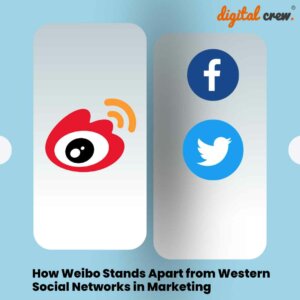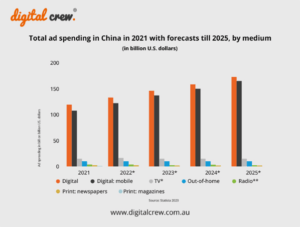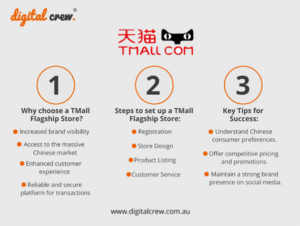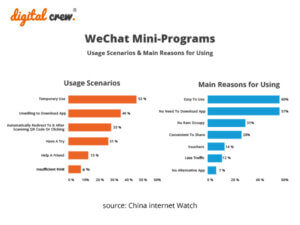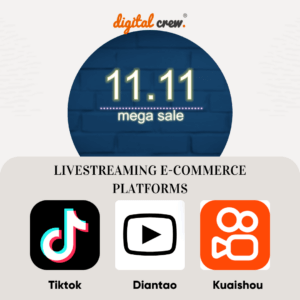Since 2015, China’s online consumers have been making more purchases through mobile devices than through desktop. The popularity of m-commerce in China has been continuing ever since, and doesn’t look like slowing down any time soon. According to KPMG predictions, China’s consumers will be spending more than $1.4 trillion per annum on m-commerce retail by 2019.
China’s netizens not only use their smartphones for purchasing goods and services, but also at every stage of the buying cycle – from research through to payments and feedback. KPMG’s research shows that more than 90% of China’s online consumers have made purchases using their mobile devices, compared with just under 70% globally.
Why is m-commerce so popular?
There are several factors driving China’s love of all things mobile. These include:
- Mobile payment apps – apps such as WeChat Pay and Alibaba’s Alipay make it very quick, easy and convenient for buyers to pay for items using their smartphones.
- Social media apps – in China, social media apps are utilised for many everyday functions, from booking appointments and ordering food to planning overseas trips and paying bills. WeChat for example allows for multiple functions all from within a single app.
- Review marketing – peer-to-peer and word-of-mouth marketing is more popular in China than big-company advertising, which tends to have a lower trust factor.
- Cost-effective – the lower cost of mobile networks and the falling cost of mobile devices has made investment in mobile more attractive in recent years.
- Better access – mobile allows for access to brands that people living outside of the main cities and towns would not otherwise have.
- China’s growing economy – while China has experienced some slowdowns in recent years, its economy is still growing at around 6-7%.
Another major factor is that western buyers embraced e-commerce long before smartphones came into existence. But with the internet being late to come to China, many Chinese netizens have simply bypassed the use of desktop altogether. As a result, mobile internet access holds a more prominent position in China than it does in Australia.
How to jump on China’s mobile bandwagon
To make any headway with digital marketing in China, it’s important not to ignore the impact of mobile internet. Here are a few tips:
- Take note of China’s popular m-commerce sites. Alibaba’s Taobao and Tmall platforms dominate the mobile commerce landscape.
- Make it as easy for buyers to pay for goods as possible, recognising that China’s consumers show a preference for mobile payment apps and virtual wallets over credit cards.
- Don’t ignore the importance of social apps in China. While social media platforms might not have a great deal to do with our buying behaviour in Australia, in China quite the opposite is the case.
- Make use of QR-codes. While these codes may not be used much in Australia, in China they are a very effective tool for digital mobile marketing.
If you need some help negotiating the m-commerce landscape in China, get in touch with our multi-lingual marketing team.


















